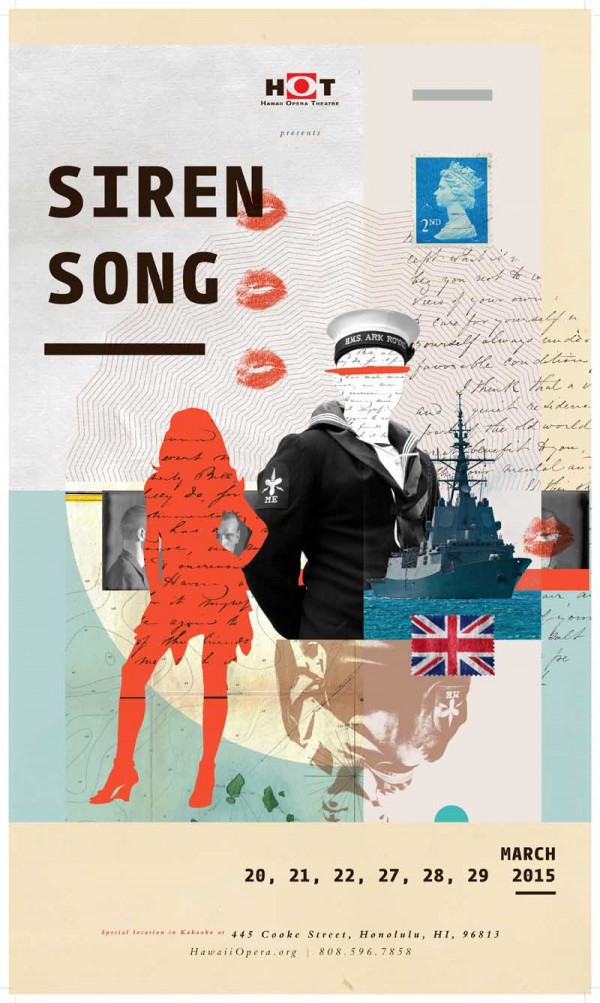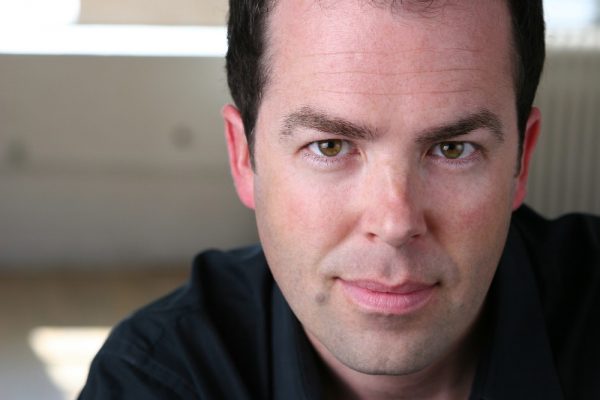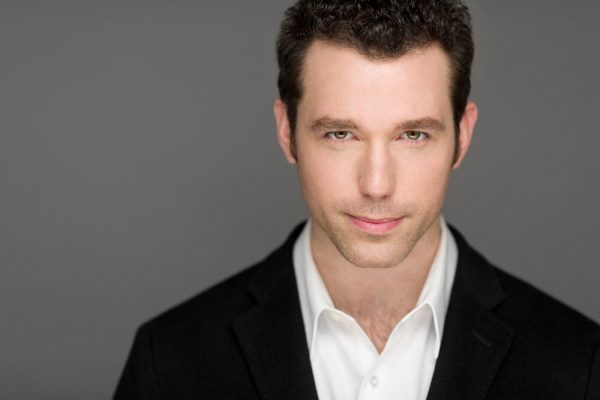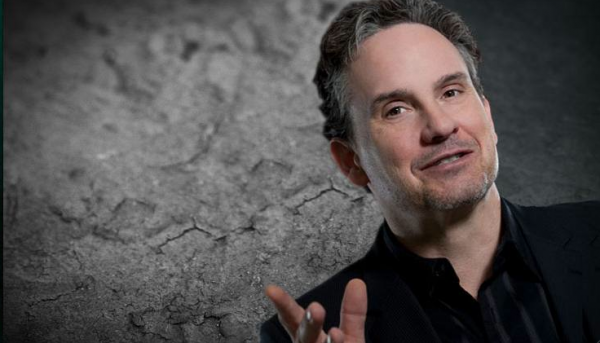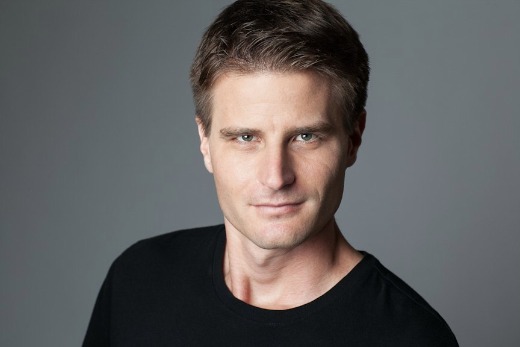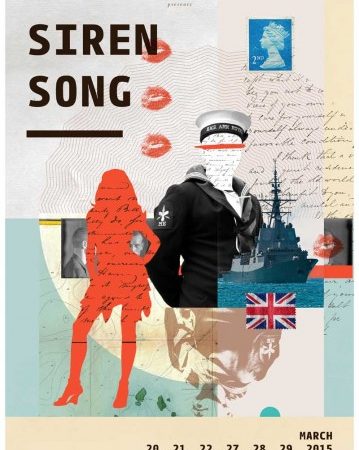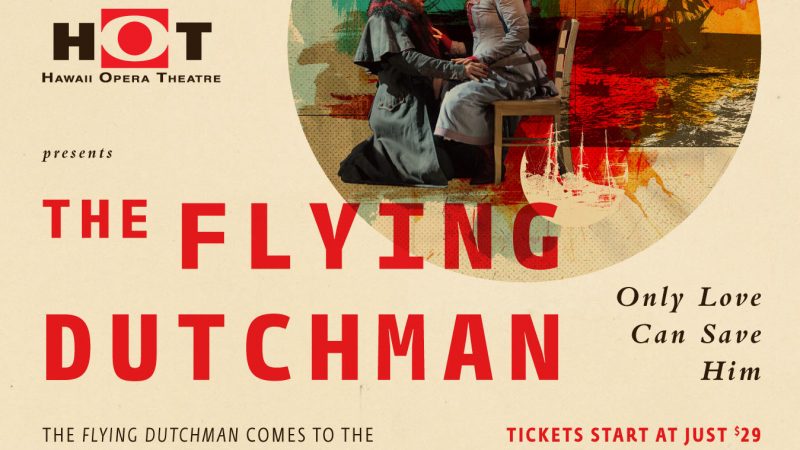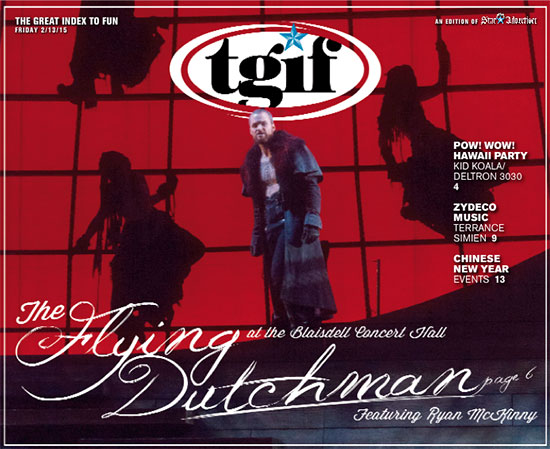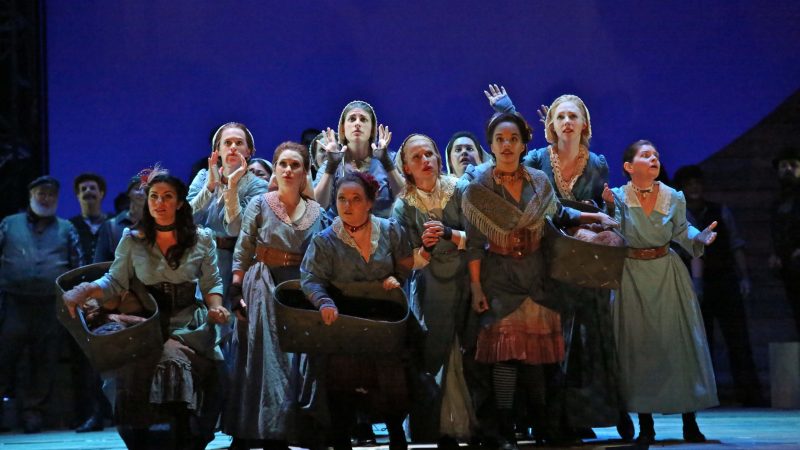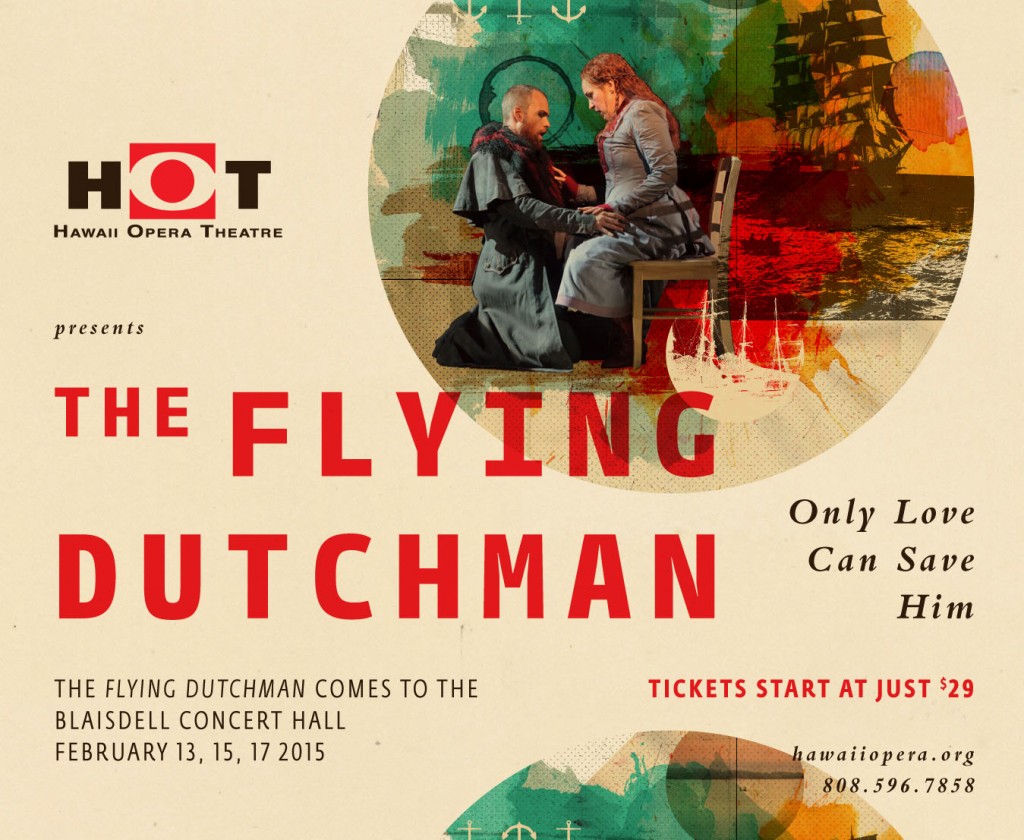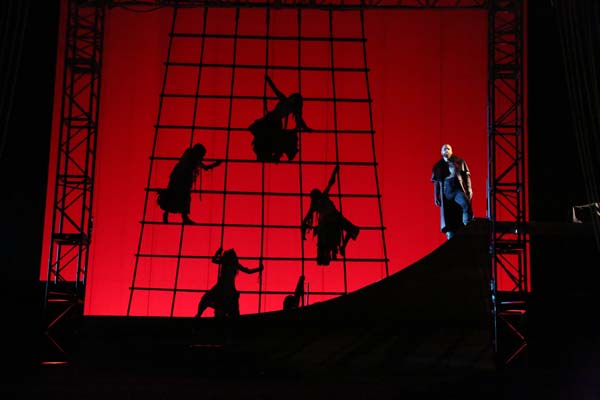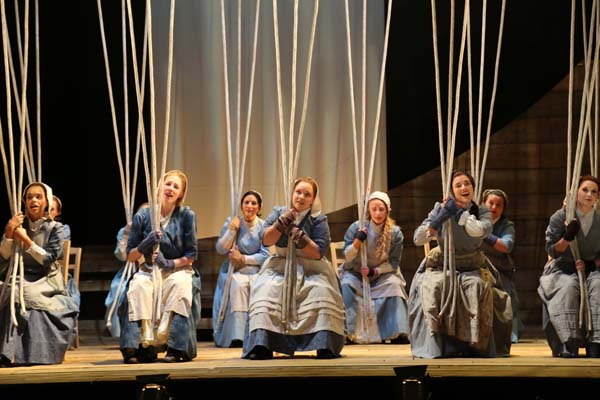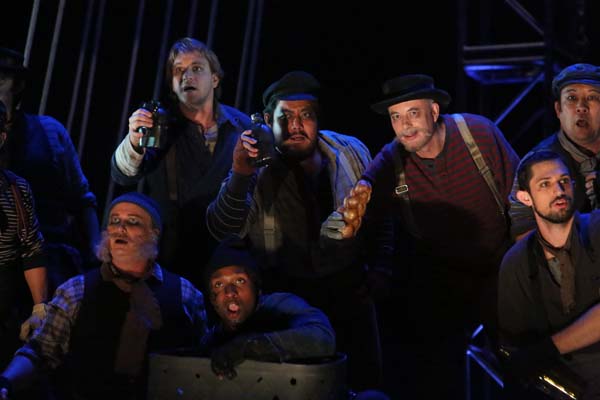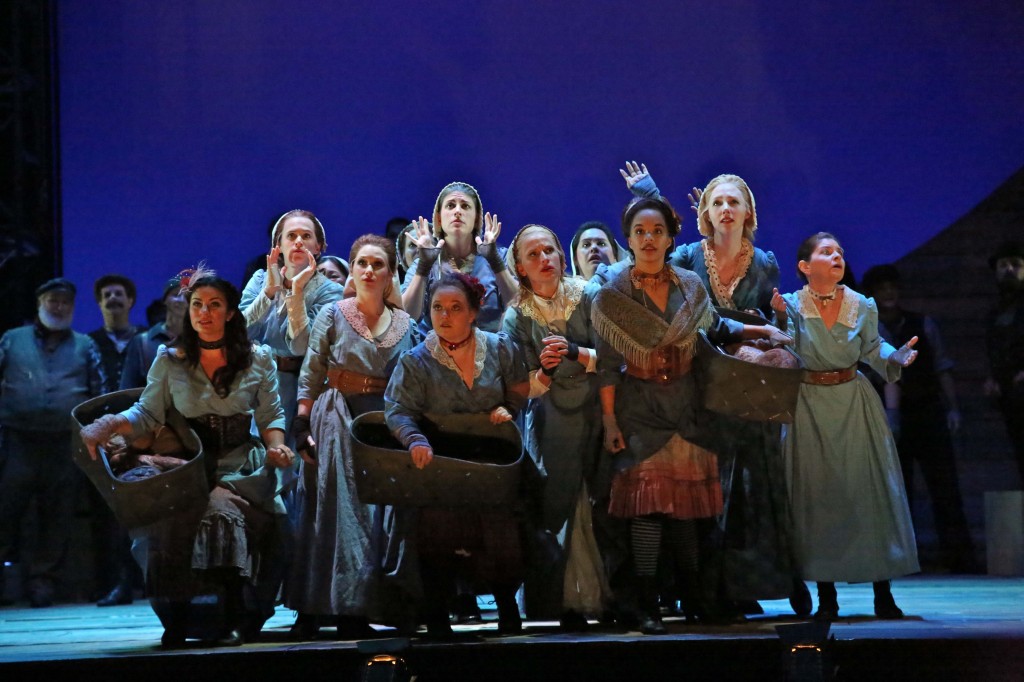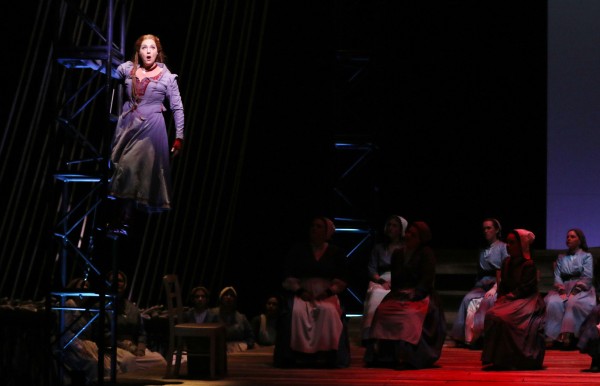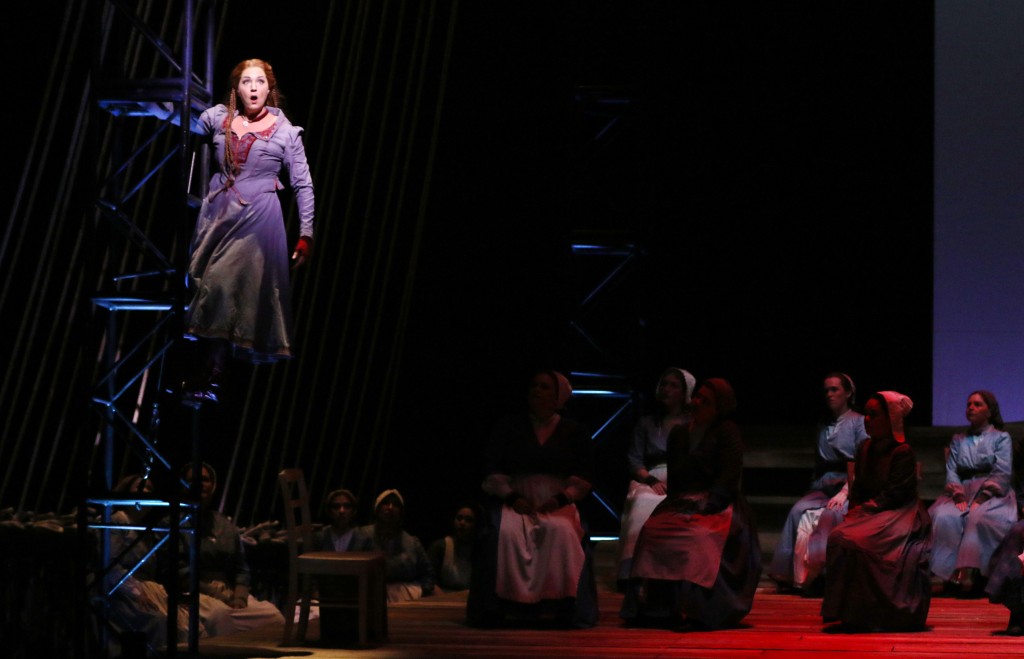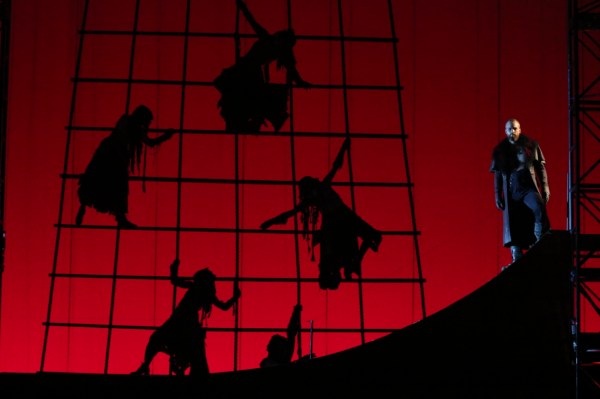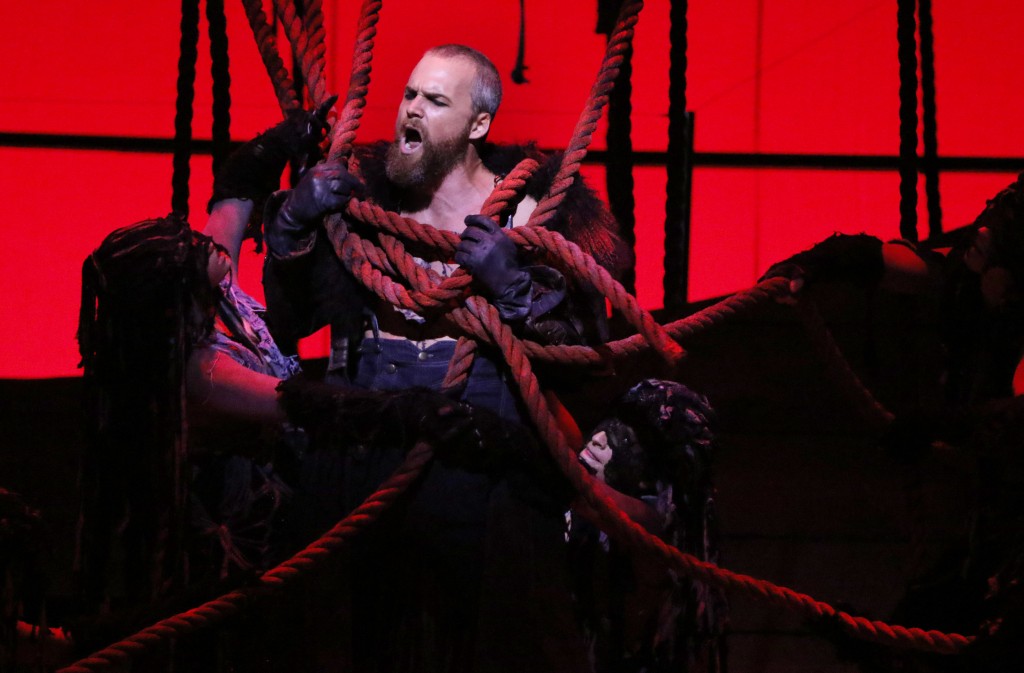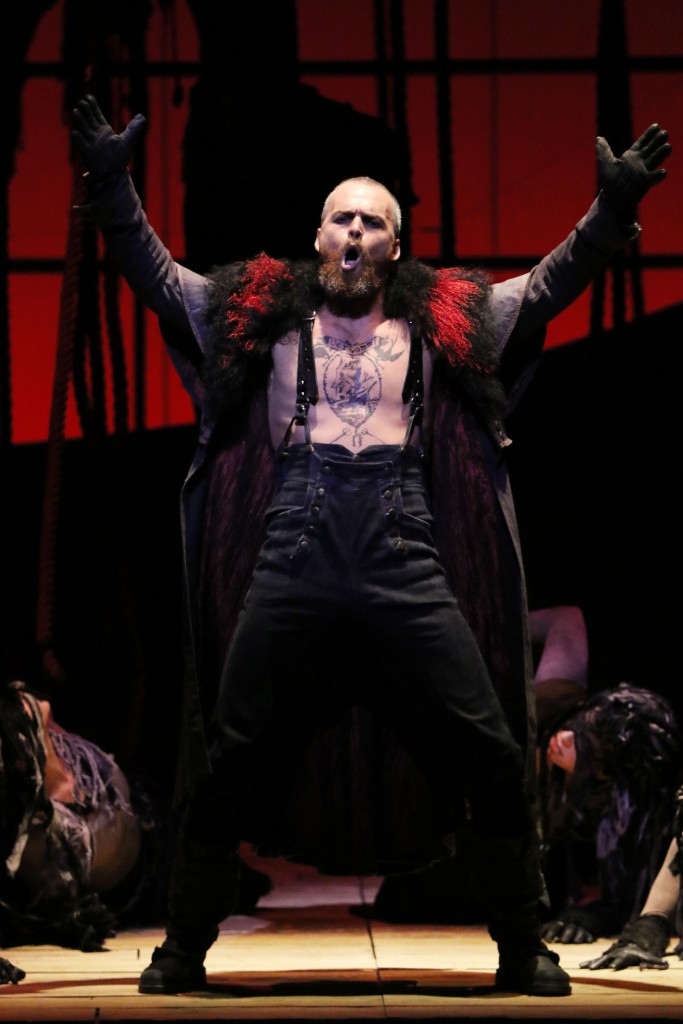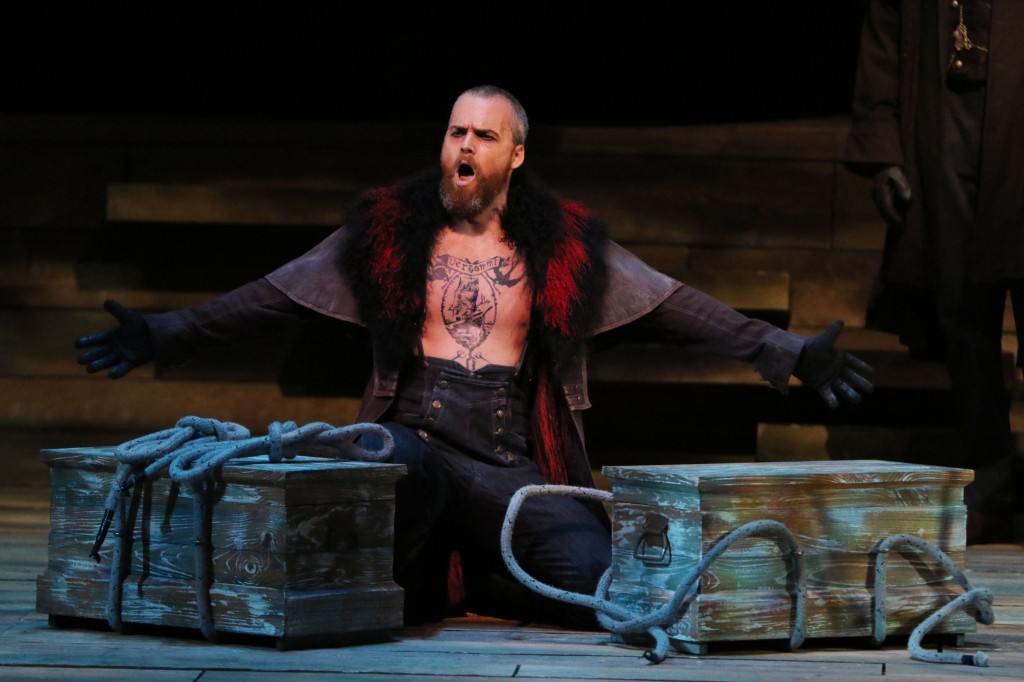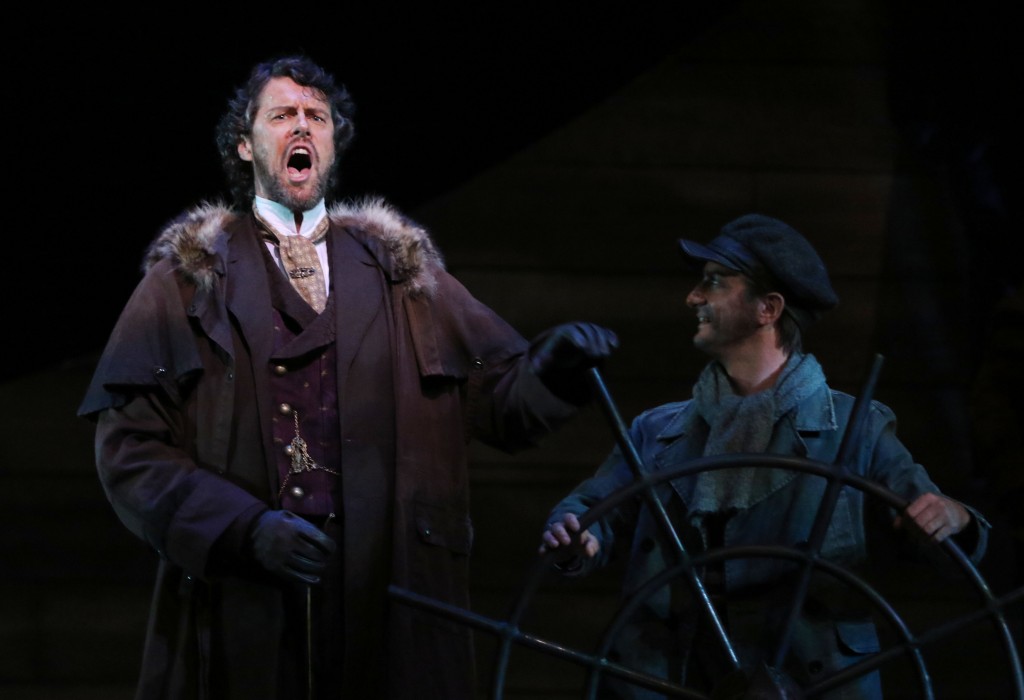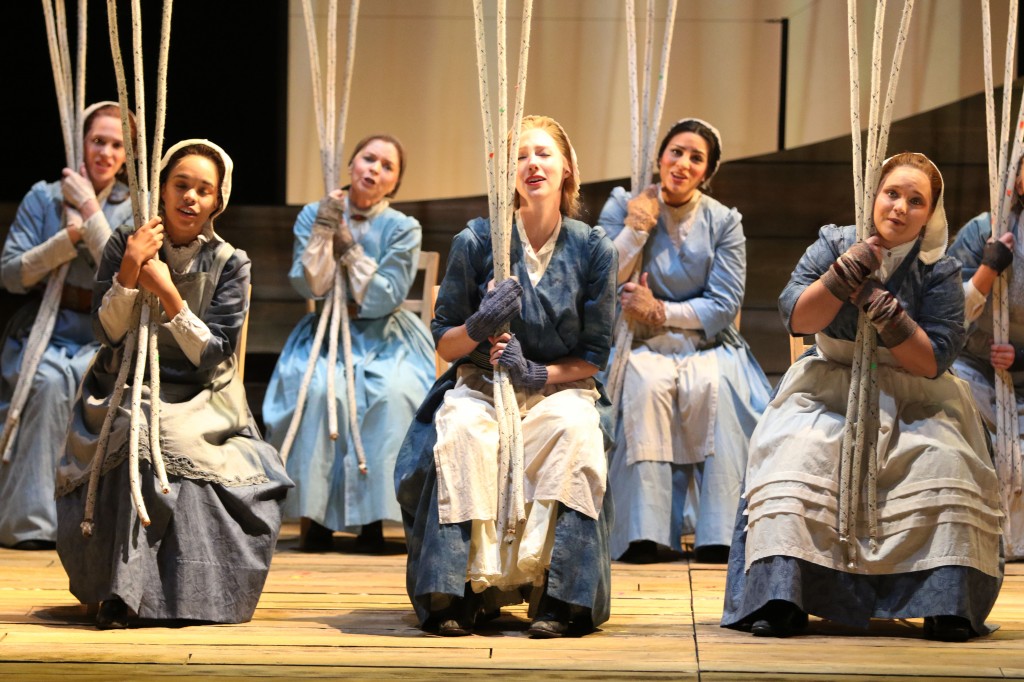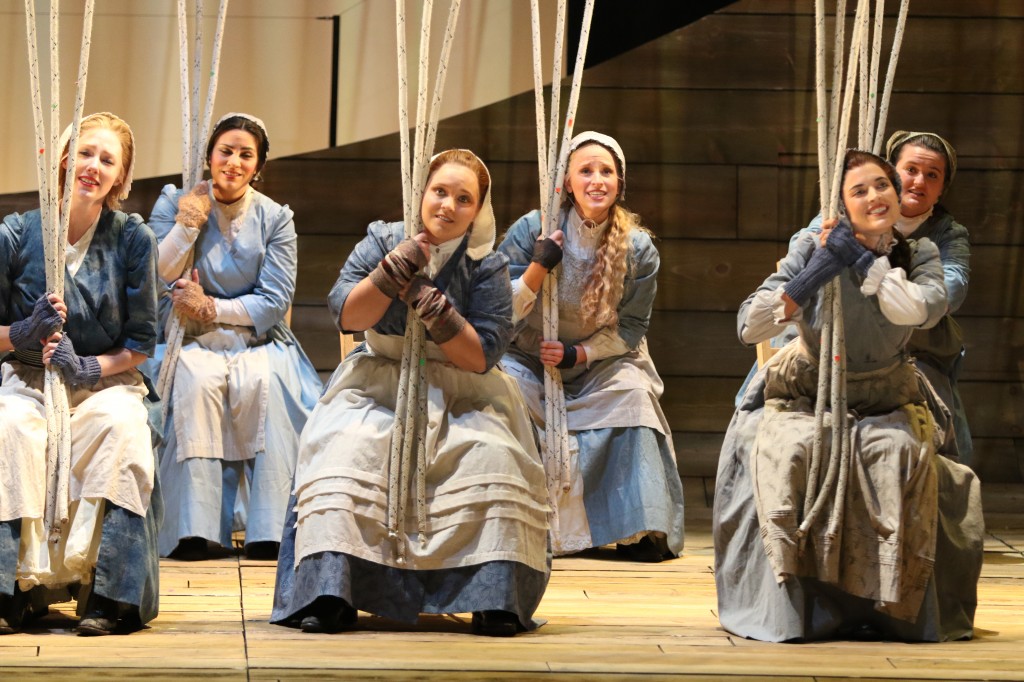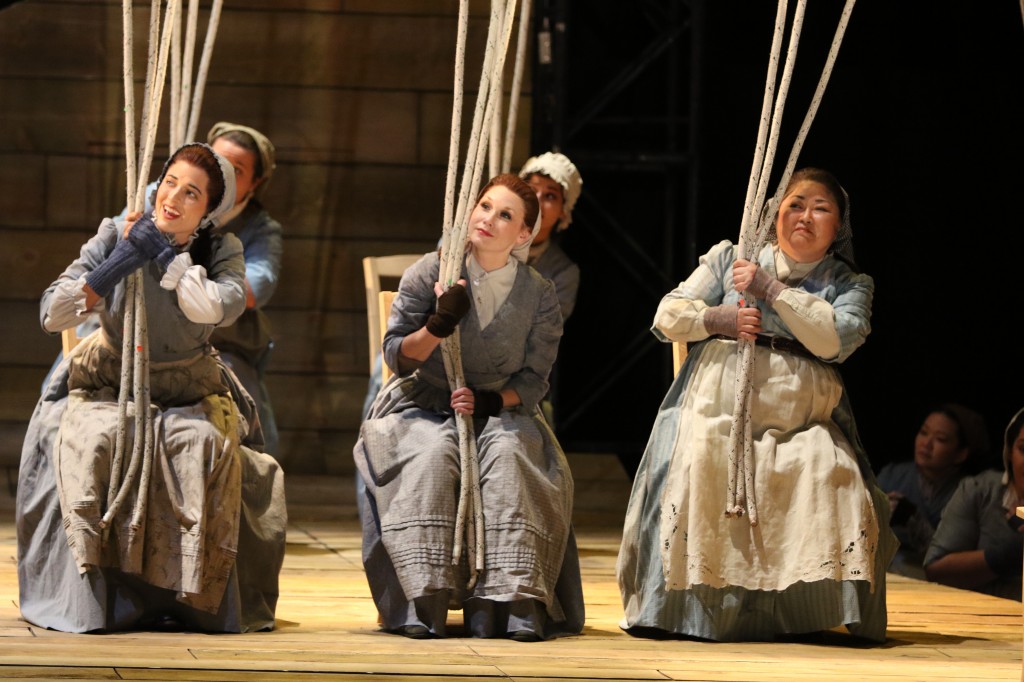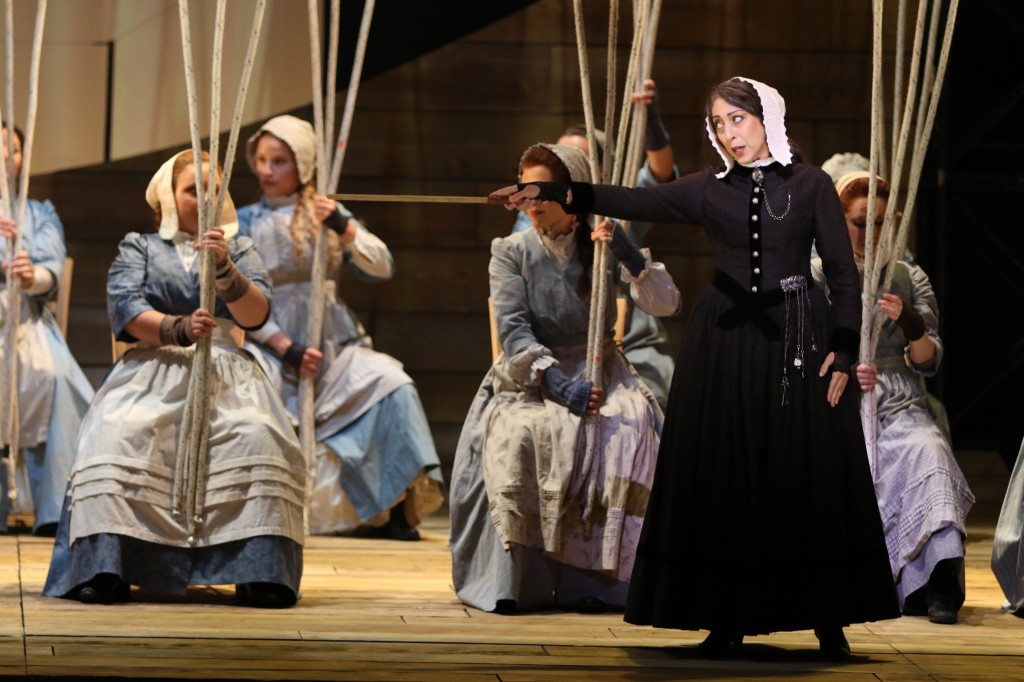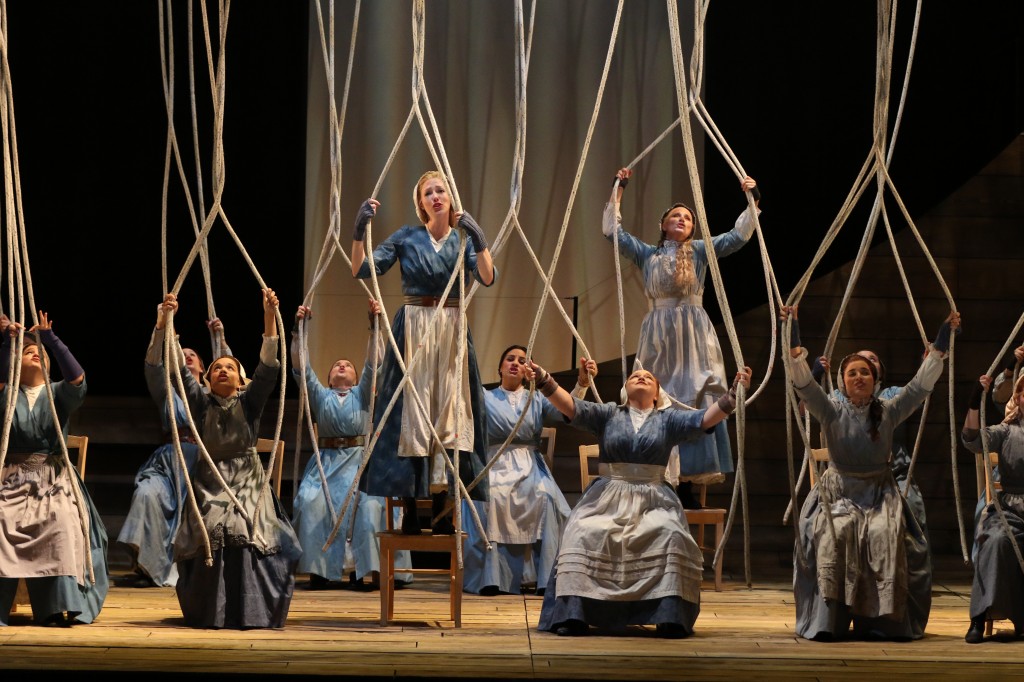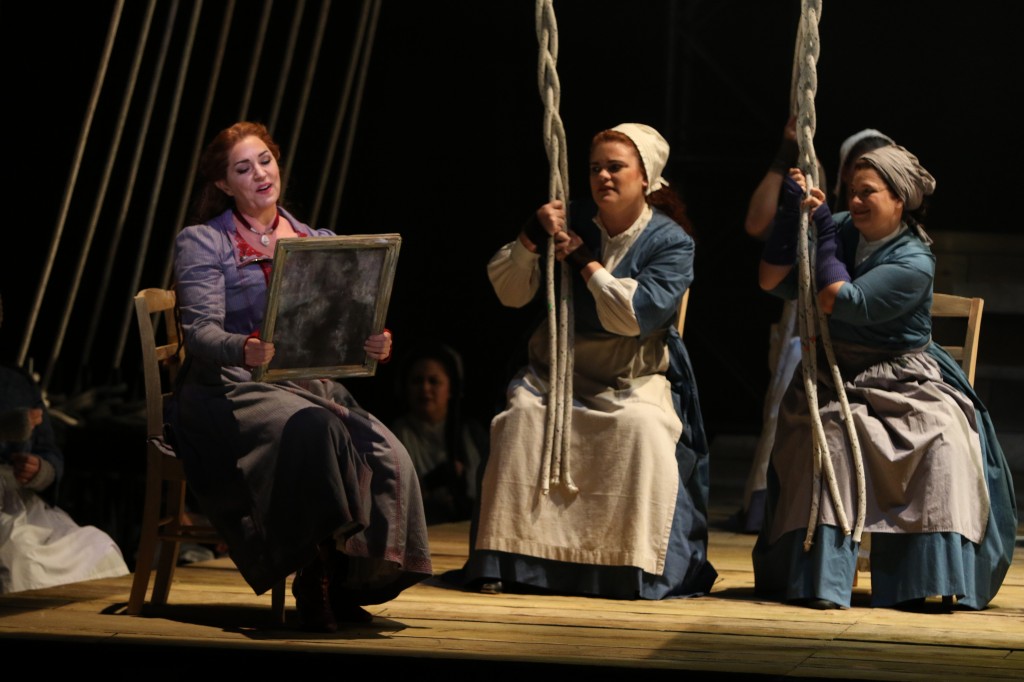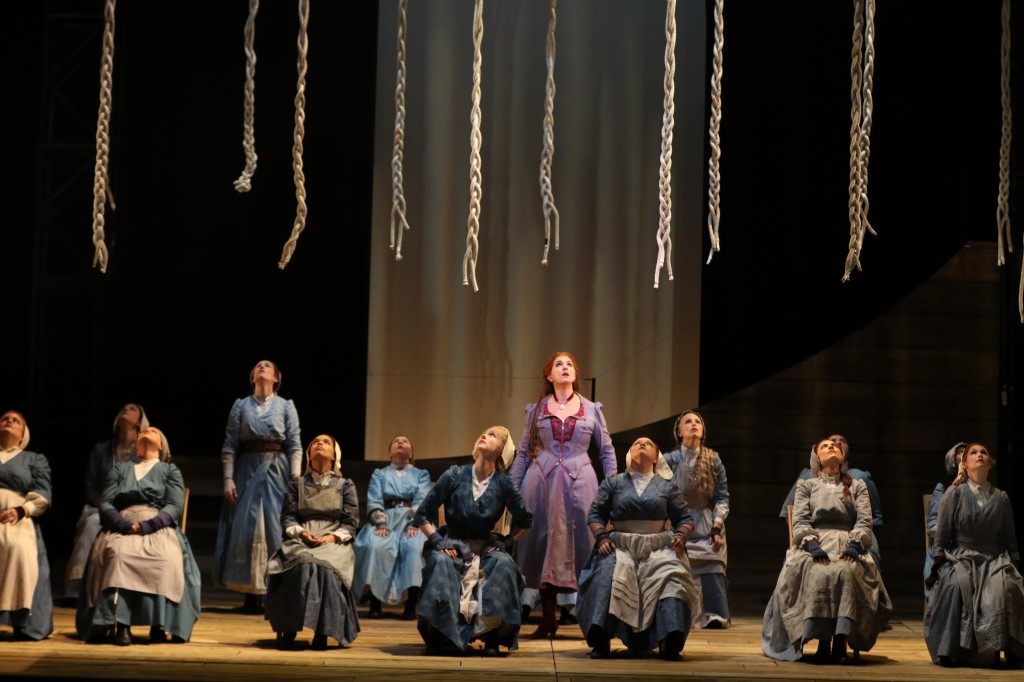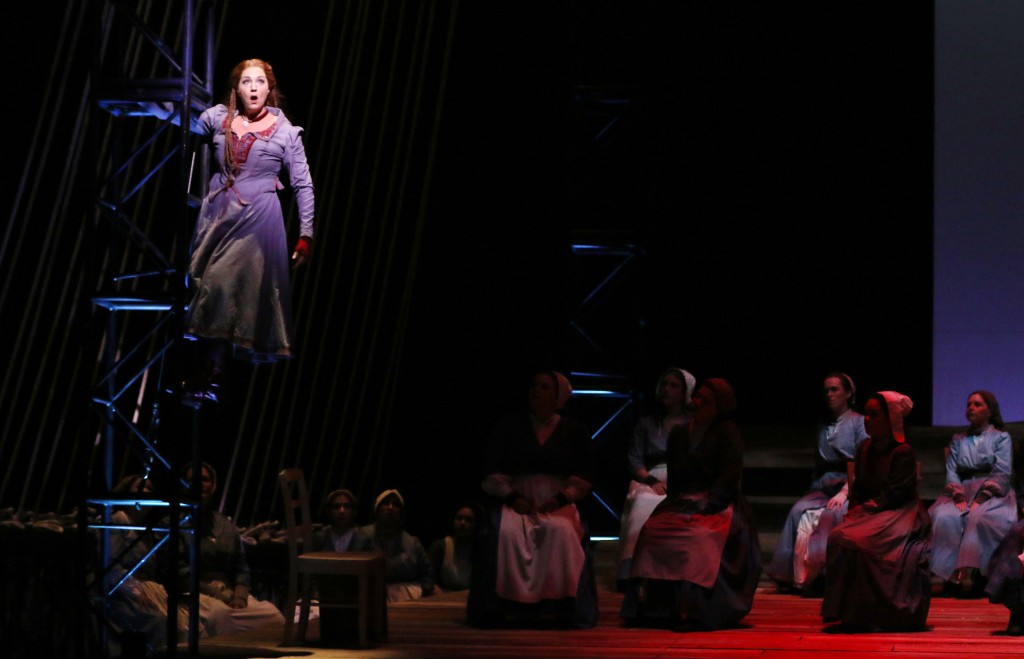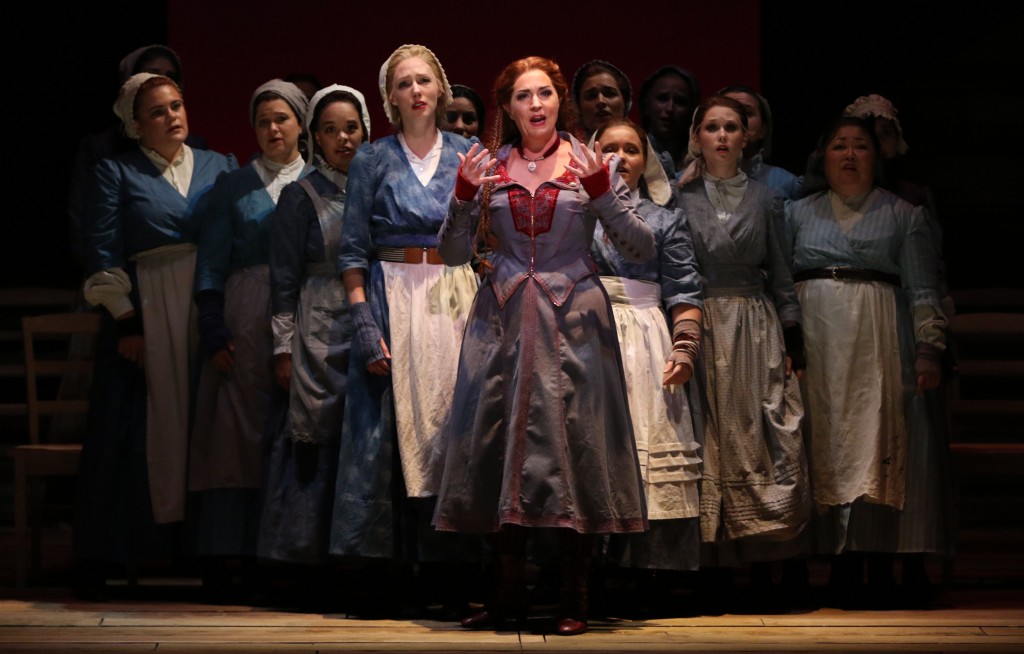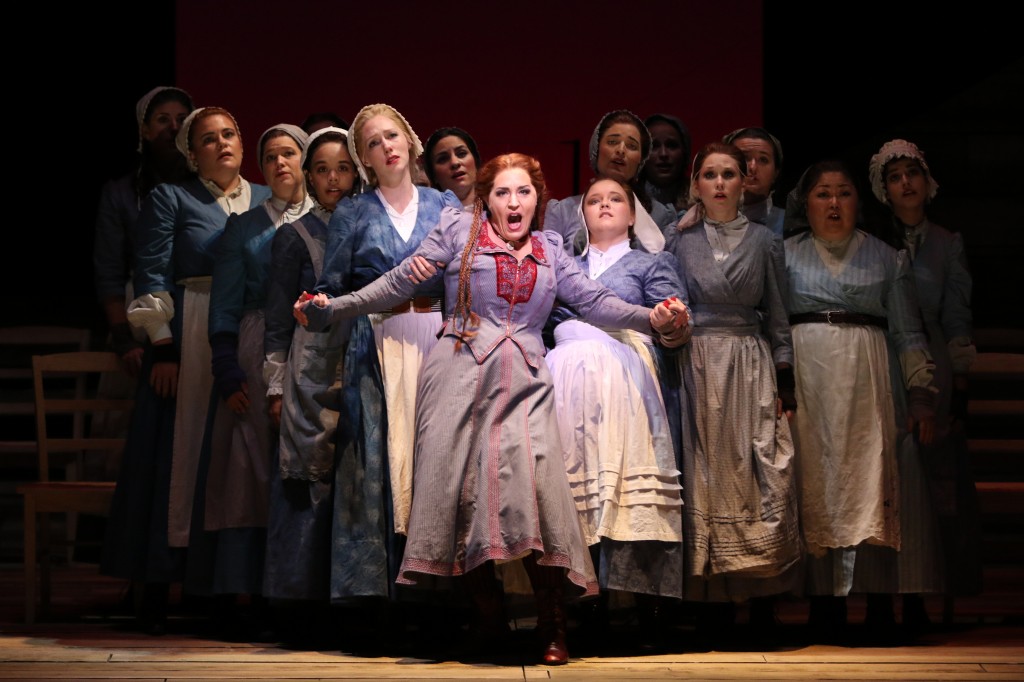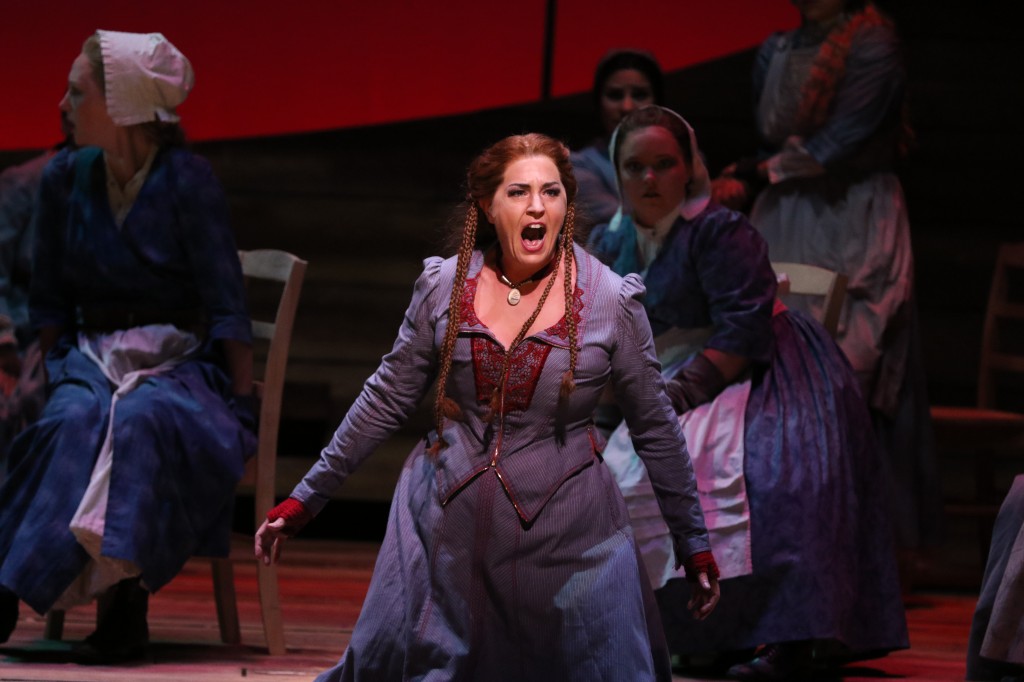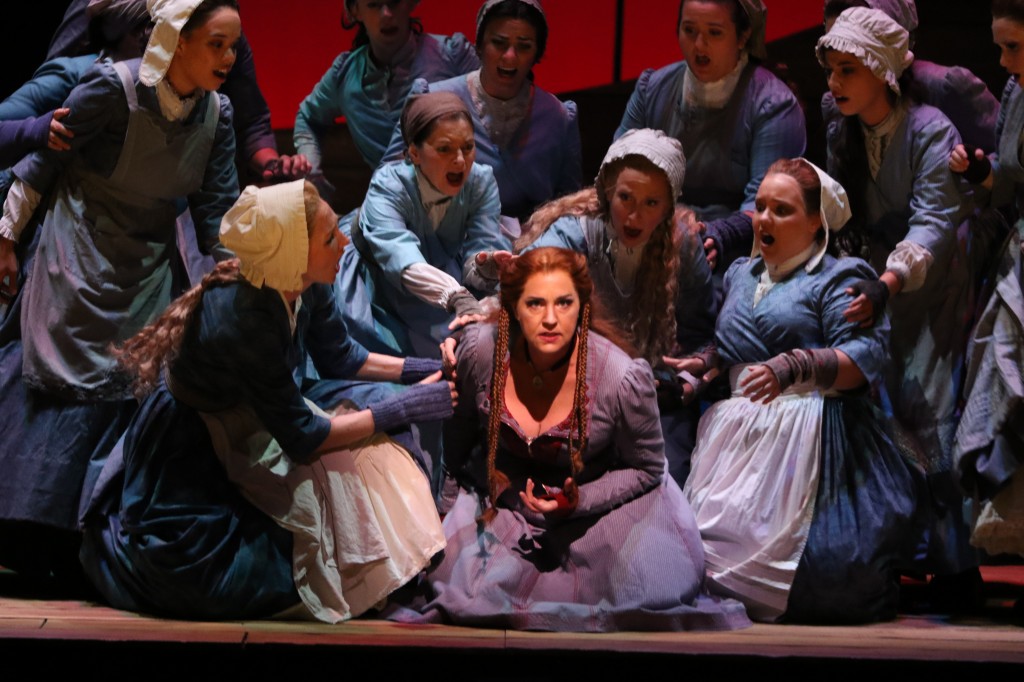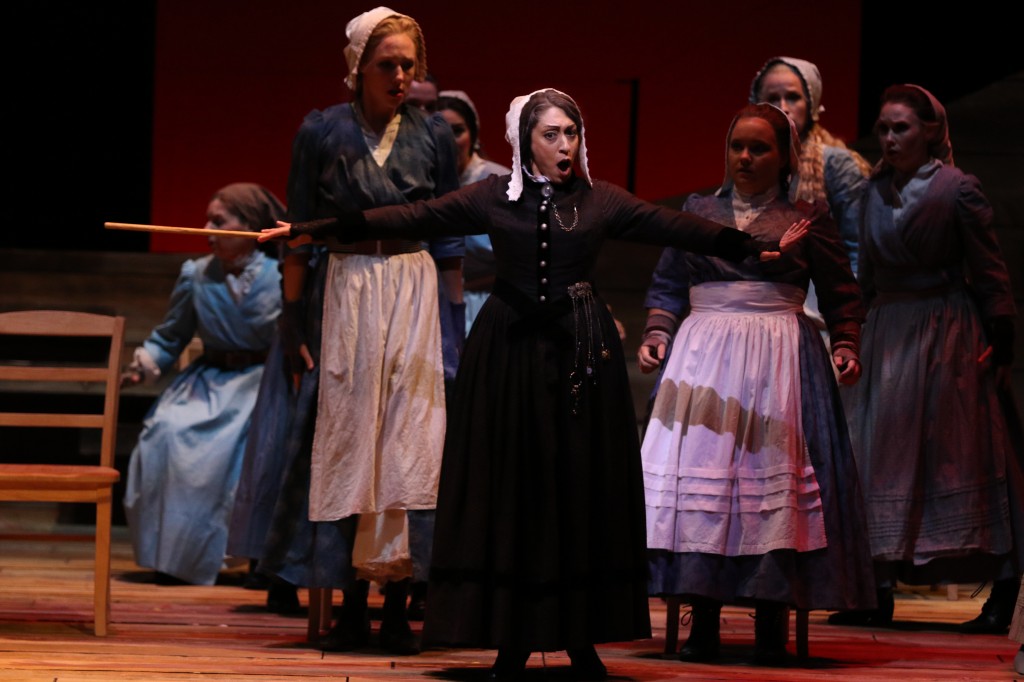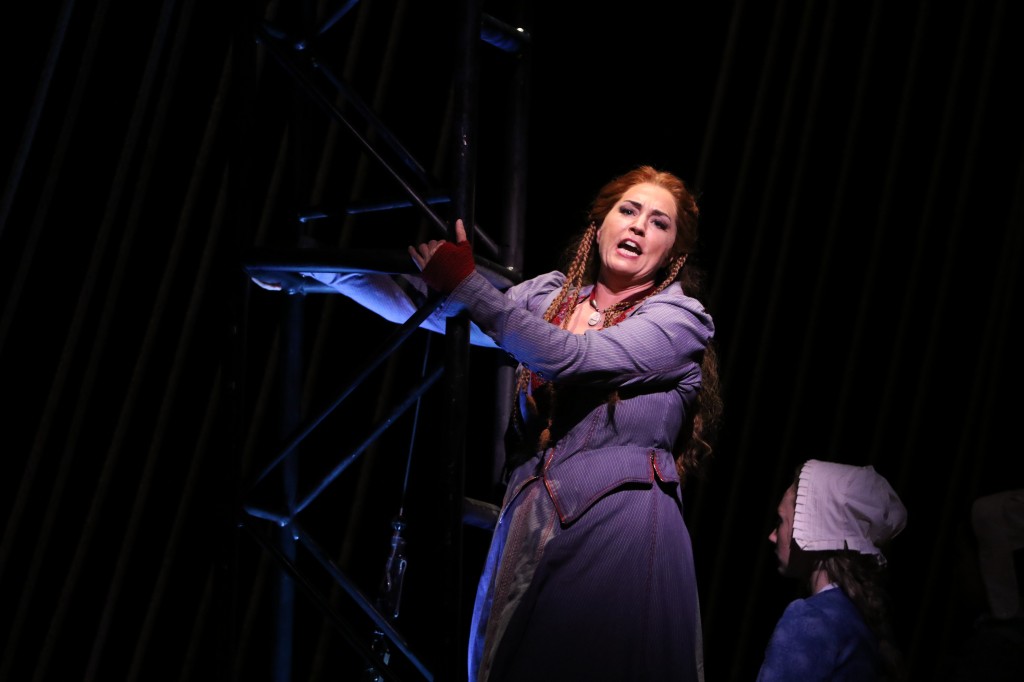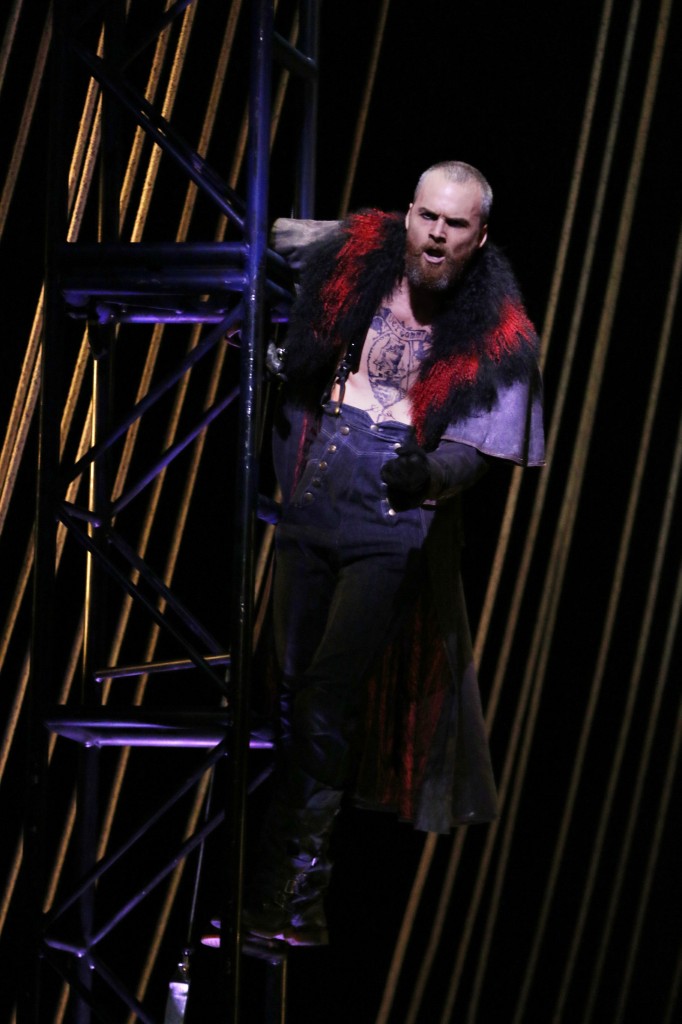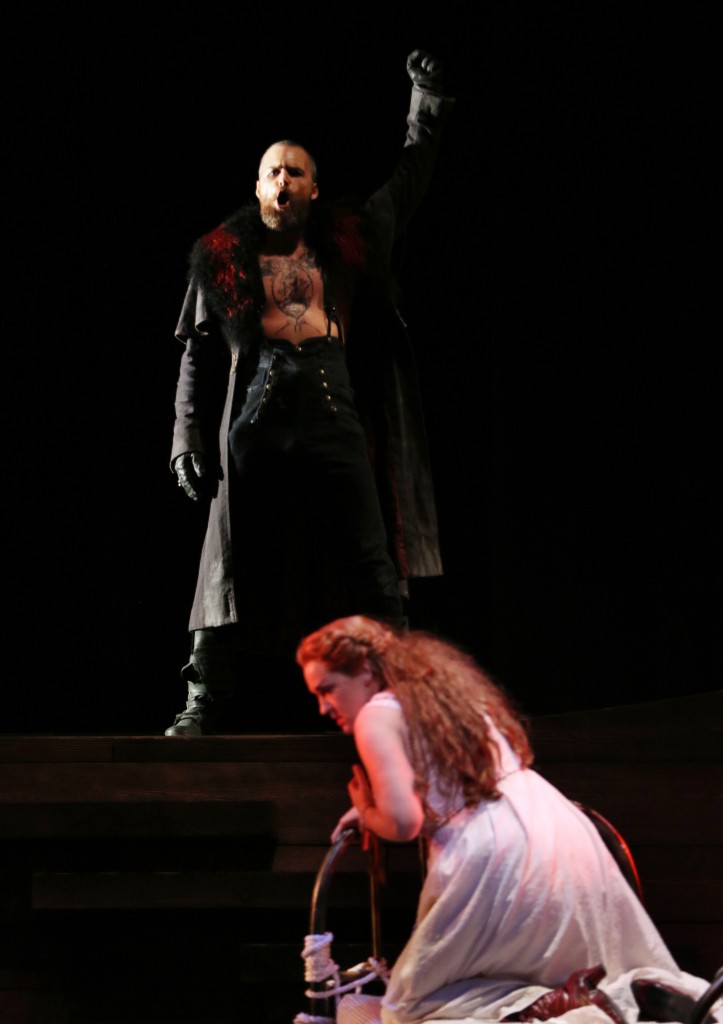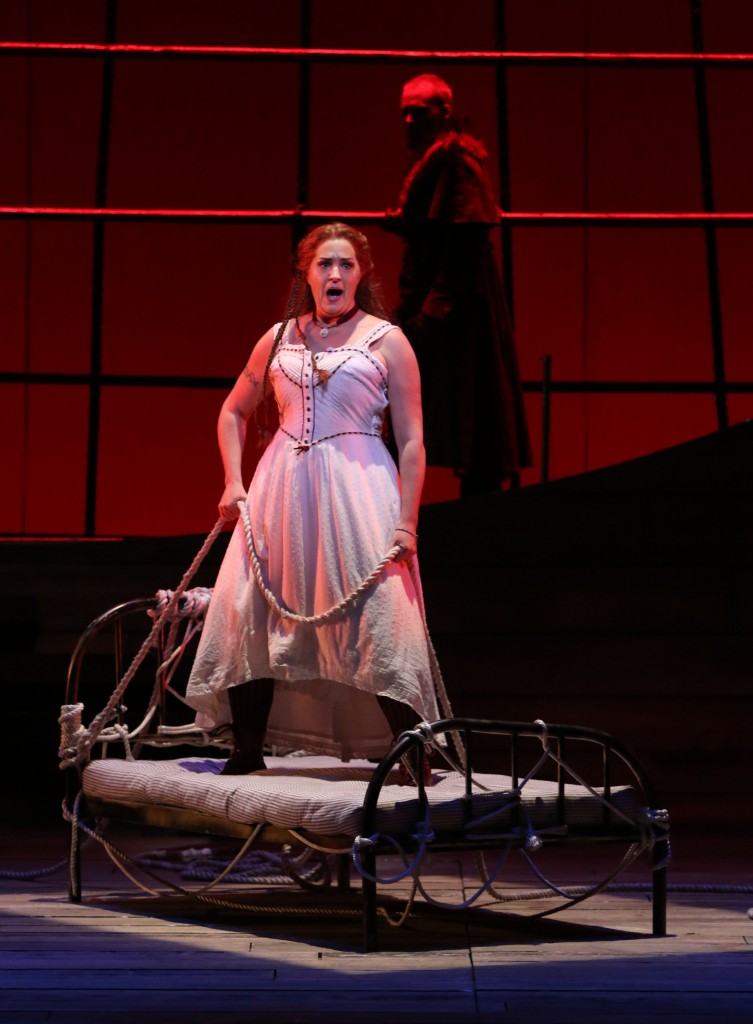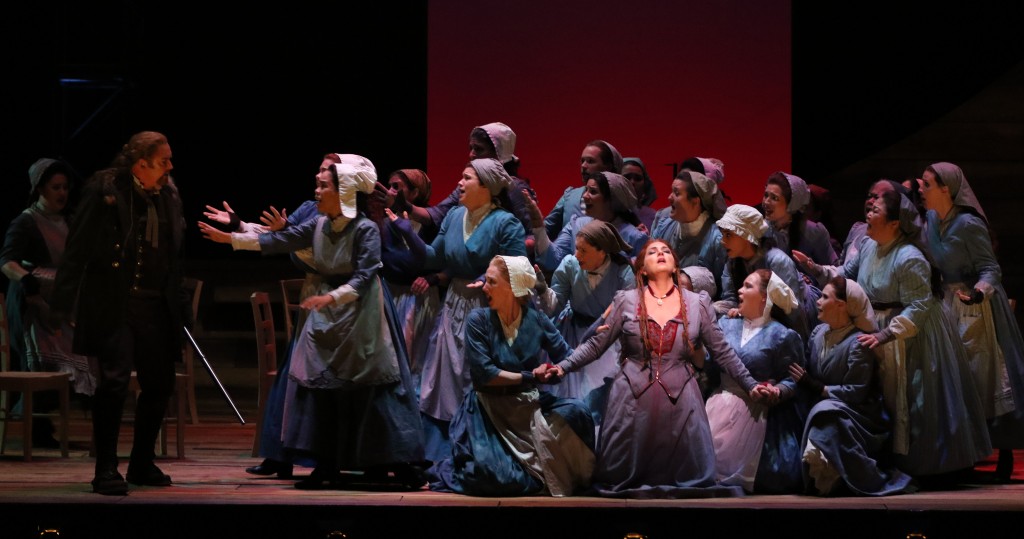
Once upon a time, or so the legend goes, a Dutch captain dared to sail round the Cape of Good Hope through a furious storm and was cursed for his arrogance, condemned to sail forever, neither living nor dead, until redeemed by the pure love of a woman faithful unto death. To find that love, the Dutchman has but one day on land every seven years.
Richard Wagner immortalized the legend with his opera, “The Flying Dutchman,” in performances this week by Hawaii Opera Theatre (HOT).
HOT has brought in a truly visionary production that was created for the Glimmerglass Festival in New York by Francesca Zambello, with sets by James Noone and costumes by Erik Teague.
Those familiar with sailing ships will likely not be able to resist cataloguing the details that are wrong – the way lines and rigging work, a seaman climbing through the side of the ship, and so on – but it is precisely those anomalies that underscore the production’s core duality: Is this a retelling of the legend, or a story about Senta, a young woman obsessed with fantasy and driven to suicide?
Evidence for the production being both a revival of Wagner’s opera and its re-interpretation as psychological drama is pervasive. The lens-like opening and closing of backdrops admits the mystical Dutchman into reality – and reveals a window into Senta’s internal fantasy. Senta’s boyfriend Erik cowers in fear of the Dutchman – and in despair when faced with his beloved’s madness. The legend of the Dutchman comes to life – and is a dream that ends in death.
Even the incongruities that elicited laughter on Friday, such as the father’s abrupt willingness to marry off his daughter on the morrow to a total stranger in exchange for treasure, follow the stark, illogical logic of a dream. And dreams permeate the whole.
The cross-currents of reality and fantasy are delightful, the uniset morphing from bedroom to ship’s deck to cottage and back again. Act I opens with Senta in bed, her towering bed curtains billowing in the storm of her nightmare, and the opera ends with her still in bed, strangled. Faceless ghouls from the Dutchman’s failed love affairs haunt scenes, caught in the rigging like flies in a spider’s web. And ropes of all kinds – red or white, lines or plaits, swinging and ensnaring – entwine throughout, binding both the Dutchman and Senta.
Costumes mingle styles and eras for dramatic effect, falling back into period authenticity only with Senta’s death, and lighting heightens the symbolism, blood-red for the Dutchman, electric-blue for Senta’s world.
In one striking scene when the Dutchman and Senta meet, each sings within his or her own square of light, slowly stepping out of their squares to interact as spotlights dancing on the stage, finally joining together in a shared square of light. The effect was simple, graceful, effective.
This production of “Flying Dutchman” foregrounds Senta, sung by Melody Moore. Moore dominated the stage, her large, clarion soprano soaring above full orchestra and chorus. Her dynamic control afforded a wide emotional range, and her tight vibrato and focused tone drove her obsession.
Ryan Mckinny (Dutchman) made a virile Dutchman, his dark bass-baritone brooding, biceps bulging, and bare chest sporting a large tattoo of his ship. Tenor Nathan Munson (Steersman) was excellent, especially in his opening aria, and tenor Jay Hunter Morris (Erik) almost won Senta back with his impressive Act III aria.
Bass-baritone Paul Whelan (Daland, Senta’s father) and mezzo-soprano Maya Hoover (Mary, Senta’s nurse), both in their HOT debuts, delivered fine performances as well.
HOT’s Chorus, a lead role in this opera, was outstanding in every way, providing a warm, full, well-balanced sound and fully engaged in each scene. Kudos.
Eight dancers gave Wagner’s music creative physical expression, and of special note were the sailors’ dance, which was delightfully unique, and the maidens’ charming emotional tug of-war between propriety and sexual longing.
HOT frequently begins staging during its overtures, but in this production, the overture is presented before the curtain, allowing the audience to concentrate fully on the music. In Wagner, drama resides primarily in the music, and the “Flying Dutchman” overture summarizes the entire opera, from opening storm to final transformation in death.
Conductor John Keenan integrated singing and orchestra smoothly and lent the drama a natural pacing.
This “Flying Dutchman” is easily the most interesting version of Wagner’s opera to come along in many years and is well worth experiencing.
REVIEW BY RUTH BINGHAM / Special to the Star-Advertiser


